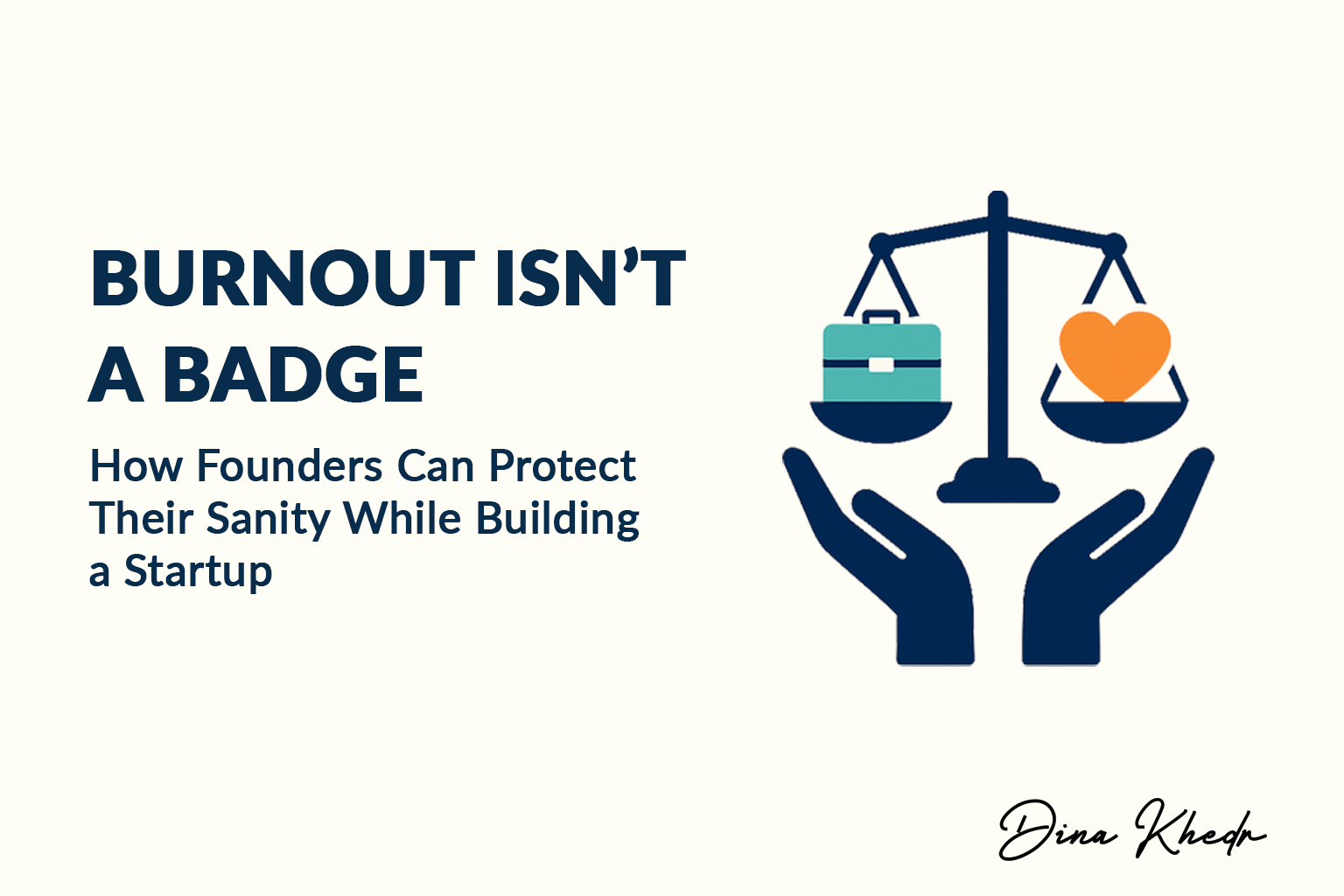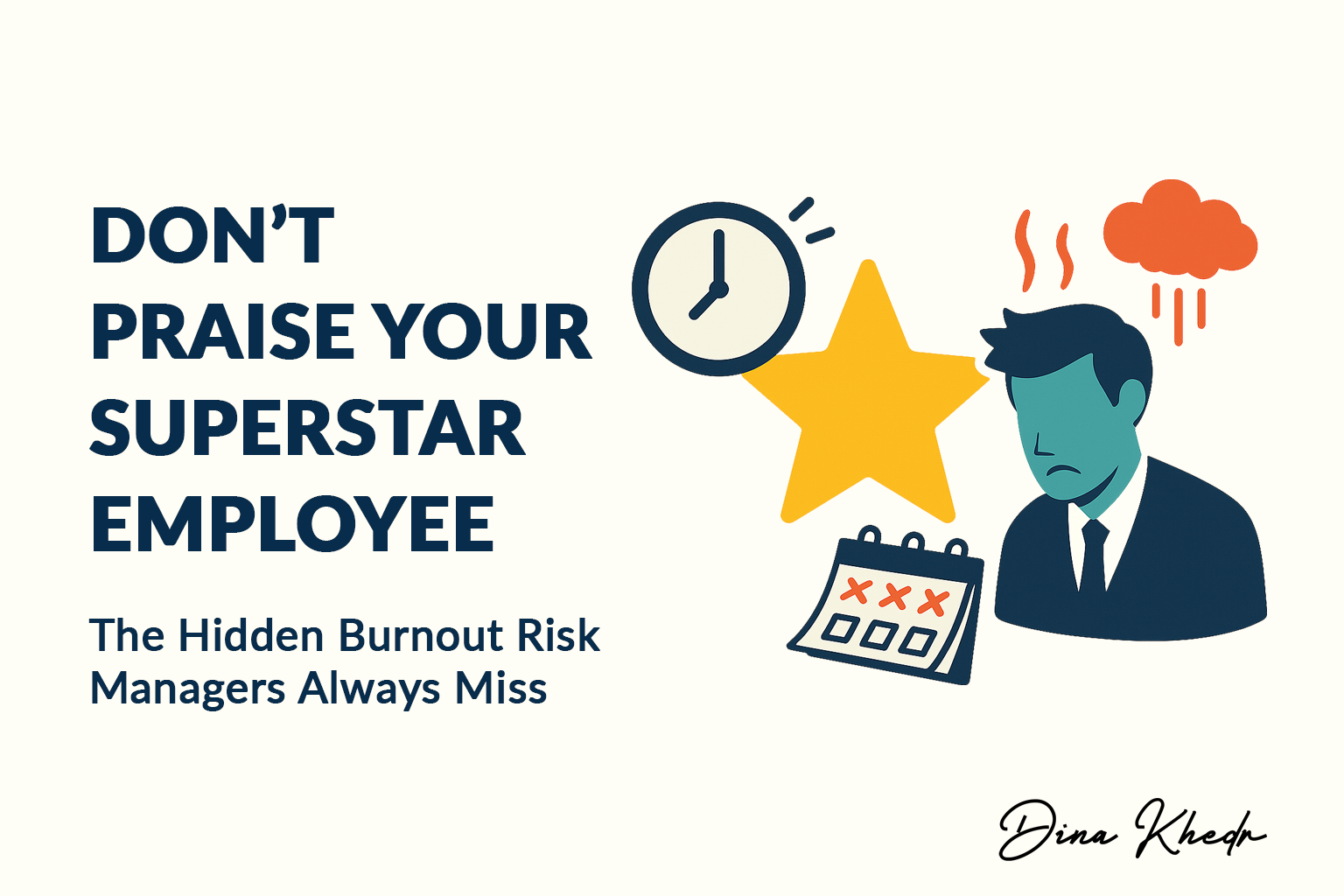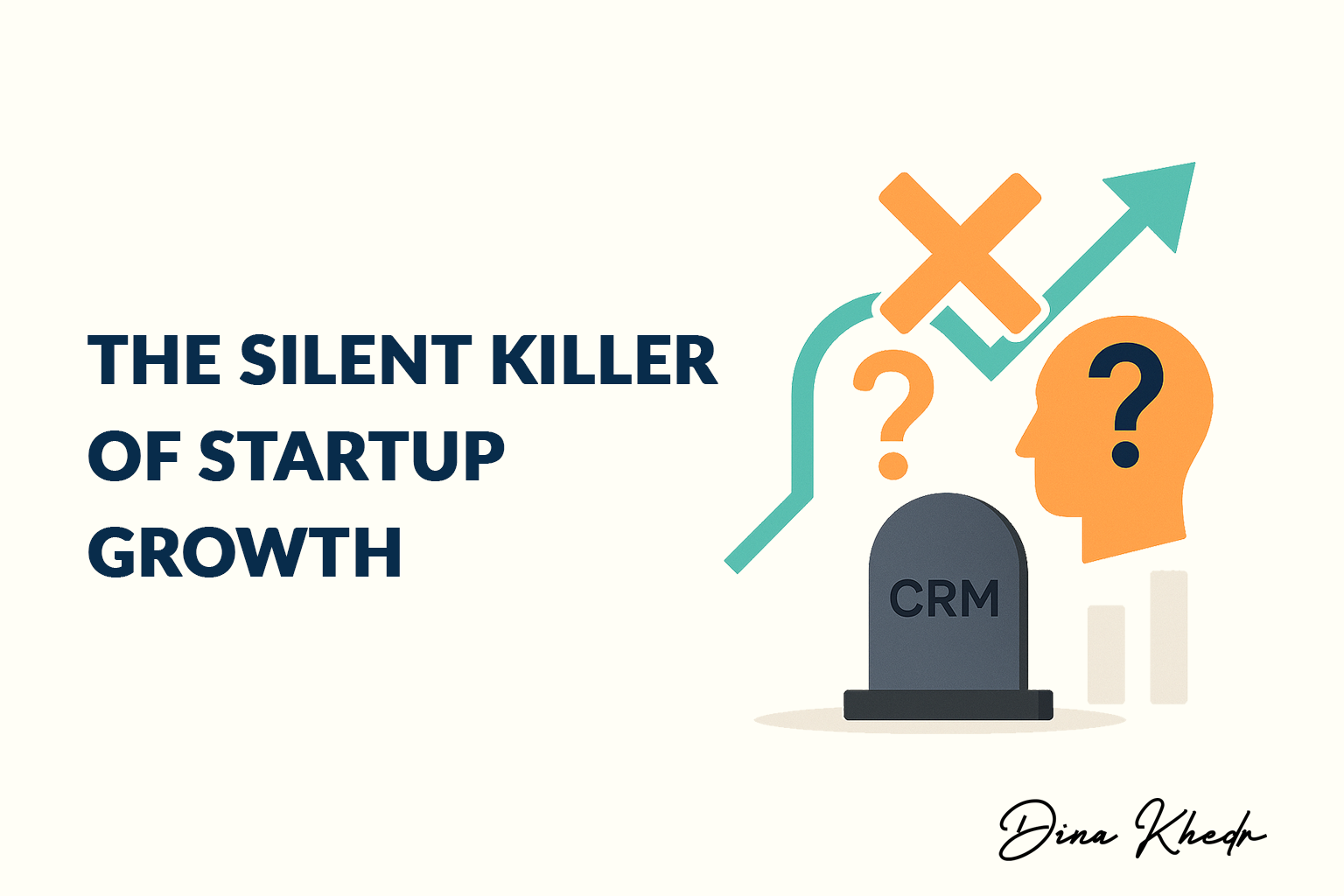Positioning vs. Promotion Why Most Startups Get It Wrong
Most early-stage startups spend a disproportionate amount of time—and money—on promotion. They launch ad campaigns, churn out content, hire growth marketers, and build social media calendars before they’ve answered one fundamental question:
Why should anyone choose us?
That’s a positioning problem. And if it isn’t solved early, no amount of promotion can fix it later.
🔄 Positioning and Promotion: What’s the Difference?
Let’s break it down:
| Positioning | Promotion | |
|---|---|---|
| Purpose | Define what you are, who you’re for, and why you matter. | Spread your message to drive visibility and conversion. |
| Focus | Internal clarity → external differentiation | External visibility → audience activation |
| Timing | Comes first. Always. | Comes after positioning is solid. |
| Key Questions | What market are we in? Who do we serve best? What do we offer that’s different or better? | How do we reach the right audience? What channels and tactics drive growth? |
🧠 The Root of the Problem
Startups operate in fast-moving, noisy environments. There’s pressure to “get the word out” quickly, especially when investor updates, launch deadlines, or sales targets loom large. So teams default to what feels tangible: ad spend, outbound emails, content calendars, social sprints.
But promotion built on shaky positioning leads to:
- Confusing messaging
- Poor conversion rates
- Unclear differentiation
- Weak customer trust
The result? Burned budget, unclear brand, and a tired team.
🎯 What Strong Positioning Looks Like
Good positioning is like gravity—it quietly holds everything else together. Here’s what it includes:
1. Customer Clarity
You know exactly who your best-fit customer is—not just by demographics, but by behavior, mindset, and urgency.
2. Competitive Contrast
You can articulate how you’re different from or better than current alternatives—without sounding like a generic “faster, cheaper, smarter” clone.
3. Category Confidence
You’ve chosen your market frame (e.g. “a CRM for solopreneurs” vs. “a relationship tool for indie consultants”) and you use language that customers already recognize and understand.
4. Value Sharpness
You lead with your most compelling benefit—not a laundry list of features, but the one outcome that matters most to your ideal buyer.
✅ A Simple Diagnostic: Are You Promoting Too Early?
If you're investing in outbound efforts but struggling to see traction, run this quick check:
- Can every team member clearly explain who your product is for, and why it’s better than alternatives?
- Are your messaging pillars documented and consistently used across channels?
- Do new customers “get it” without a lengthy explanation?
- Do your campaigns feel focused, or like you're casting a wide net and hoping for leads?
If you're unclear on any of the above, pause your promotion and invest in positioning work.
🛠️ How to Fix It: A Positioning-First Approach
Here’s a practical, step-by-step path to realign:
1. Interview 5 Real Customers
Find the people who actually use and love your product. Ask:
- Why did you choose us?
- What were you using before?
- What almost stopped you from buying?
- What’s changed since you started using us?
2. Map Your Competitive Alternatives
List your direct and indirect competitors. For each, define:
- Their core promise
- Their likely weaknesses
- Your wedge (where you win)
3. Define Your “Only-ness” Statement
Use this format:
We are the only [product category] that helps [ideal customer] achieve [key outcome], because we [unique differentiator].
4. Pressure-Test Your Messaging
Use the positioning in sales calls, landing pages, and investor decks. Watch where people lean in—or look confused.
🧭 From Strategy to Street: Apply This Now
Too many teams think of positioning as a branding exercise or a “nice-to-have.” In reality, it’s a business-critical foundation. Before spending another dollar on promotion, ask:
“Is what we’re saying actually clear, credible, and compelling?”
If not, stop promoting. Start positioning.
The startups that win aren’t always the loudest. They’re the ones that say the right thing to the right people at the right time—and mean it.
![]()
📣 Ready to Clarify Your Positioning?
If your team is stuck in the noise of “promotion mode” and not seeing traction, let’s work together to fix that.
I help startups and growing teams define sharp positioning, build scalable marketing systems, and move from scattered execution to focused growth.
👉 Book a free 60-minute discovery call to discuss your challenges and explore next steps:
📅 Schedule Free Discovery Call
📬 Or reach out directly: info@dinakhedr.com
Let’s get your strategy working on the street—where it counts.


